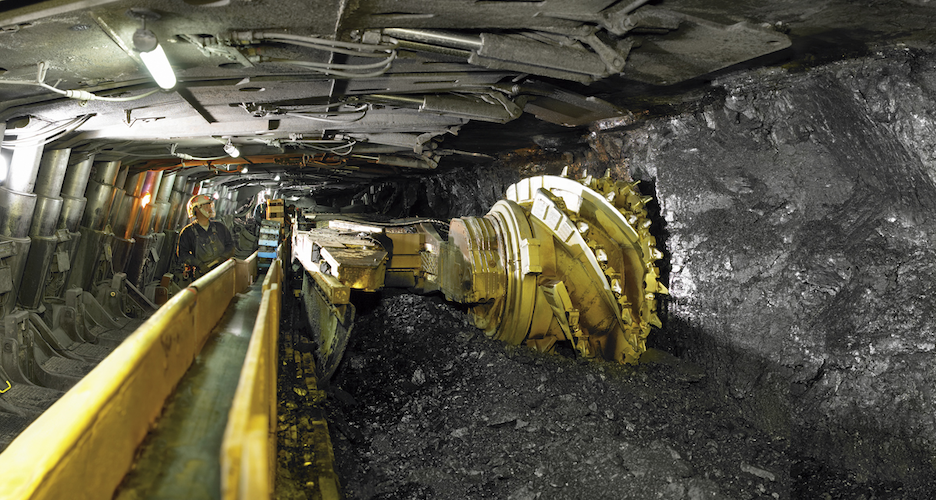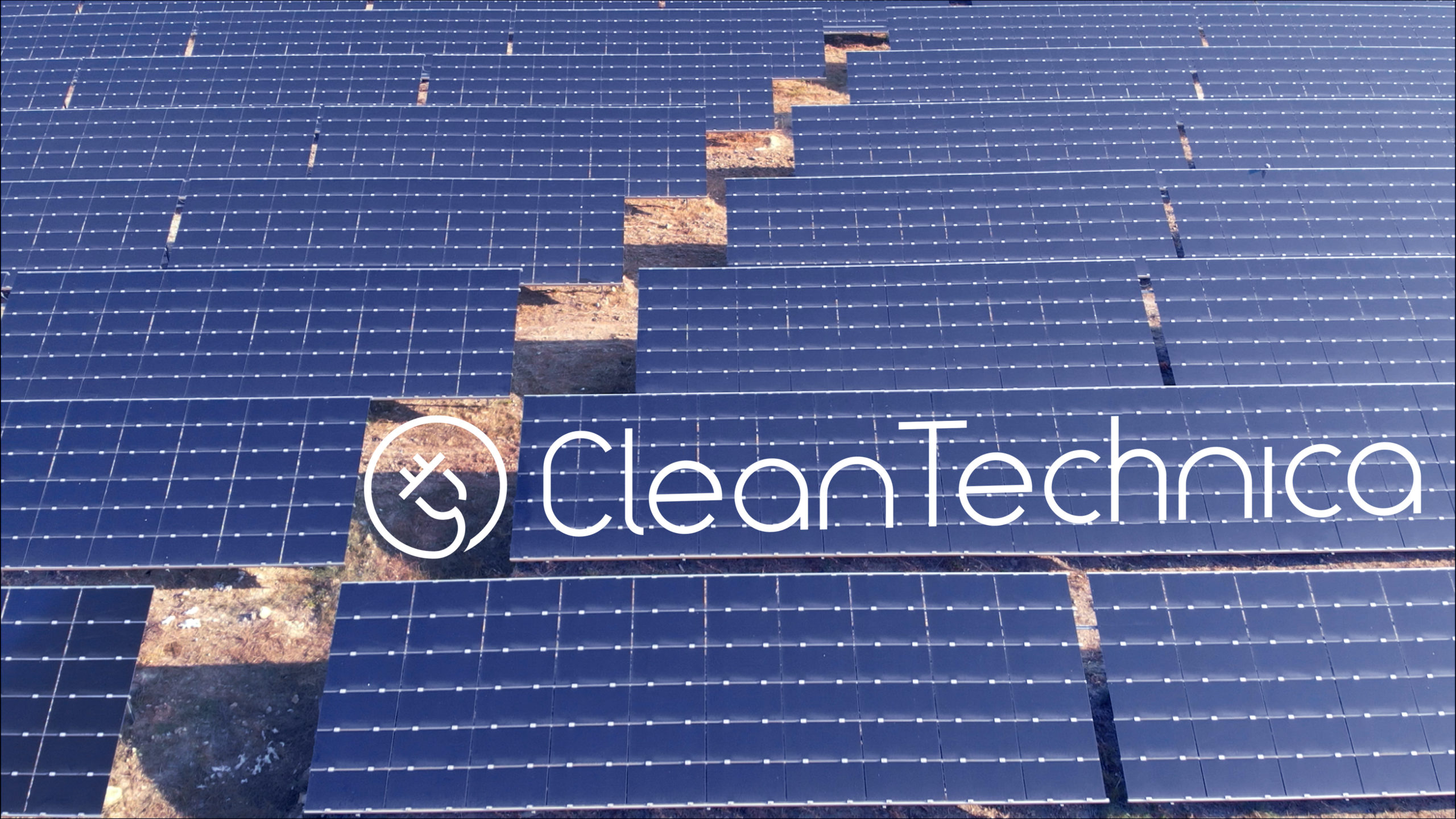Renewable Energy — Wind, Solar, & Storage — Get Big Boost From Inflation Reduction Act

What does business want? Predictability. The installation of new wind and solar energy installations plummeted in the United States during the first six months of 2022 because renewable energy developers could not predict what incentives would be available. The Inflation Reduction Act — assuming it actually gets passed — will fix that.
Previously, Congress set up arbitrary end dates for renewable energy tax credits, giving the industry only one or two years to react. That leaves precious little time to acquire the hardware needed, obtain all the permits required, and get the financing in place before the incentives expired. The new legislation solves that by providing a new 30% investment tax credit for clean energy projects, including geothermal and advanced nuclear technology. The best part is, the credit is locked in for the next ten years, giving developers the time they need to design, finance, and build new renewable energy infrastructure.
As Tina Casey reported this week, significant new transmission lines will soon get built to transport renewable electricity from where it is generated to where it is consumed. The upshot of all this is we can expect an explosion in renewable energy over the next decade, driven by the new package of incentives that will further drive down the cost of clean energy.
Inflation Reduction & Carbon Capture
Most of us at CleanTechnica think carbon capture is a myth invented by the fossil fuel industry to permit it to continue with the thermal generation of electricity. It’s a bait and switch proposition that says, “Let us continue to burn coal and methane today to make electricity and we promise we will suck the carbon emissions we create back out of the atmosphere at some unspecified date in the future.” It’s similar to the pledges made to clean up old mines and wells. They cross their hearts and hope to die when they make such promises, but somehow they never actually get around to cleaning up their mess.
Maybe this time is different. (Emphasis on maybe.) Federal incentives helped lower the price of solar energy by 90% or more over the past 15 years or so. Maybe carbon capture will be something similar — a new technology that will become commercially viable over time. According to Bloomberg Green, the new law will increase the carbon capture incentive from $50 a ton to $85 a ton. It actually costs about $300 a ton today, so there’s a long way to go, but who knows?
Cracking Down On Methane Leaks
We all know methane is a powerful greenhouse gas, but billions of tons of the stuff escape into the atmosphere every year. Virtually every oil well emits methane, but oil companies are not in the methane business and so they are content to let it escape since it costs them nothing to do so. Oil producers have been bitterly opposed to being forced to deal with their mess and because of lax laws, they have been able to avoid doing so. Until now.
The Inflation Reduction Act slaps a $900 a ton penalty on excess methane emissions starting in 2024 and increasing to $1500 a ton in 2026, according to the New York Times. The legislation also includes other incentives to get fossil fuel companies to spend what is needed to fix the ongoing leaks in their pumping and transmission infrastructure.
Heat Pumps & Electrical Systems
The Inflation Reduction Act puts a lot of emphasis on producing heat pumps domestically and helping people and businesses get them installed. It provides significant incentives for low and moderate income households to electrify their homes, replace furnaces, boilers, water heaters, and stoves that run on fuel oil or methane with high efficiency electric devices that can be powered by renewable energy.
The $4.28 billion High Efficiency Electric Home Rebate Program would provide a rebate up to $8,000 to install heat pumps that can both heat and cool homes and a rebate up to $1,750 for a heat pump water heater. Homeowners can also obtain up to $840 to offset the cost of a heat pump clothes dryer or an electric stove, such as a high efficiency induction range.
Many homes will need their electrical panels upgraded before these appliances can be installed and the program offers up to a $4,000 rebate for such improvements. To make homes more energy efficient, a rebate up to $1,600 will be available to insulate and seal a house. A rebate of up to $2,500 is also offered for improvements to electrical wiring needed to support all those new electric appliances.
The program will be administered by the states and will run through Sept. 30, 2031. Homeowners can claim up to a maximum of $14,000 in rebates. To qualify, household income cannot exceed 150% of the area median income.
“The impact of this program is huge, as it will help over a million low- and moderate-income households make the switch to electric,” Sam Calisch, head of special projects for Rewiring America, said in an email to Bloomberg Green. “This looks like a slam dunk win for electrification. We estimate at current prices, households that get heat pumps for space and water heating, an EV, and put solar on their roof stand to save $1,800 per year on energy bills. Not only that, but these households will be getting off the roller-coaster ride of fossil fueled inflation, with stable bills into the future.”
For homeowners who do not qualify for the rebates, the IRA provides for a tax credit of up to $2,000 to install heat pumps. Other energy efficiency measures such as installing an induction stove or new windows and doors qualify for tax credits up to $1,200 a year.
Investments In Domestic Manufacturing
The IRA sets aside $60 billion for clean energy manufacturing in the US, including $30 billion in production tax credits for solar panels, wind turbines, batteries, and critical minerals processing, and $10 billion in investment tax credits to build manufacturing facilities that make electric vehicles and renewable energy technologies.
These provisions are intended to halt and reverse the migration of clean energy manufacturing overseas to countries like China, something neoliberals have been promoting for 40 years. The bill will also invest $500 million through the Defense Production Act for heat pump production and critical minerals processing and set aside $27 billion toward a “green bank” aimed at deploying clean energy projects, particularly in disadvantaged communities.
Other Provisions
The Inflation Reduction Act will invest over $60 billion to support underserved communities that are disproportionately burdened by the environmental and public health effects of climate change. This includes grants for zero emissions technology and vehicles as well as money to mitigate the negative effects of highways, bus depots and other transportation facilities, along with construction projects located near disadvantaged communities.
An additional $20 billion would be set aside for programs to cut emissions that come from cows and other livestock, as well as from agricultural soil and rice production. Agriculture generates about 11% of the greenhouse gases emitted by the United States, according to the government. The bill would also fund grants to support forest conservation, the development of fire-resilient forests and increased urban tree planting, along with the conservation and restoration of coastal habitats.
The Takeaway
Politics means you always have to say you’re sorry for something. The fossil fuel industry got some things it wanted in the new legislation, primarily an agreement to open federal lands to all forms of energy — solar, wind, and geothermal, as well as oil and gas drilling. On balance, the good far outweighs the bad.
In his latest email, Bill McKibben has some interesting news about the fossil fuel industry. He quotes the official quarterly report of the Dallas branch of the Federal Reserve, which notes that even with high oil prices there has not been a surge of investment into the oil patch. The reason, one executive explains, is the success of divestment campaigns over the last decade:
“Investors are still not coming back to the well, so to speak. Private investors like endowments and foundations are structurally gone for good, and it is actually different this time. Pension plans are also hesitant to commit capital despite high prices. Public equity investors are still demanding too much, which has caused firms to go public via a special-purpose acquisition company and reverse merger transactions, indicating the discount demanded by traditional initial public offering investors is too high to stomach. The administration may be getting blamed, but it is the investors’ fault.”
McKibben says, “I read that and thought of the hundreds of thousands of people who have played roles large or small in those divestment campaigns around the world. There’s lots more we can do. We’ve got momentum now and the best use of momentum is to roll over the opposition.” Onward!
Appreciate CleanTechnica’s originality and cleantech news coverage? Consider becoming a CleanTechnica Member, Supporter, Technician, or Ambassador — or a patron on Patreon.
[embedded content]
Advertisement
 This post has been syndicated from a third-party source. View the original article here.
This post has been syndicated from a third-party source. View the original article here.



